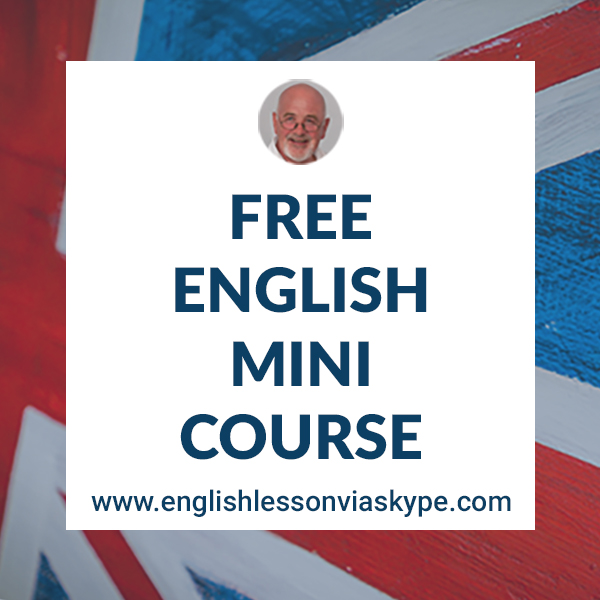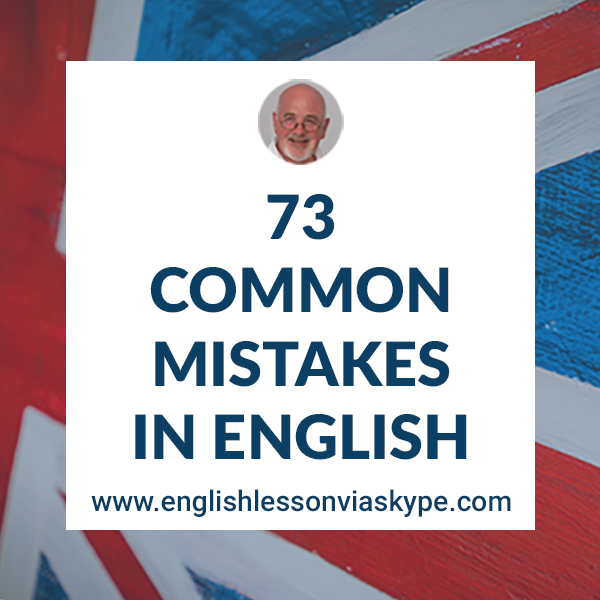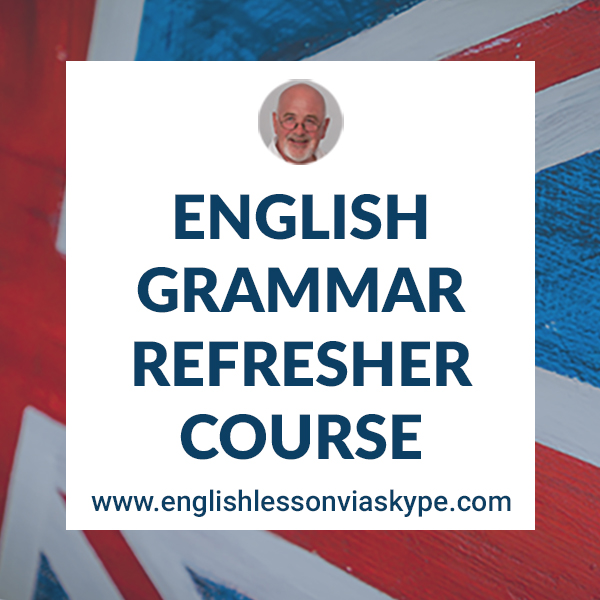The difference between look, see and watch explained in detail.
I explain the difference between these three confusing verbs in my podcast Speak Better English. Listen and scroll down to read the transcript. If you have any questions, ask me in the comments below.
speak better English with Harry - Episode 154
How to use See, Watch and Look
Harry
Difference between look, see and watch

Share and help other students to improve English language skills.
Hi there, this is Harry and welcome back to my English learning podcast Speak Better English where I try to help you understand the use of advanced English expressions, phrases, grammar and most importantly conversational English. So you can put it together and start communicating in English better and more effectively. In this podcast episode, we’re going to look at three particular verbs that get a little bit confused from time to time and they are LOOK, SEE and WATCH.
To look. To see. To watch.
improve english on a budget
Online English Courses from €7.99
When you look at these confusing English verbs, all three of them have a similar meaning. And that’s the reason why, obviously, they get confused. I’ll try and explain to you how we use these confusing verbs and how they are different.
So let’s take them one at a time.
to see
When we use ‘to see’, it means that we notice something. Or perhaps we become aware of something or someone.
We obviously do this by the use of our eyes.
We see something in the distance.
We see something in front of us.
We see something on our desk.
So we notice or become aware of something by using our eyes.
to look
To look means you physically use your eyes or you direct your eyes to something in particular or in a particular direction.
We look at something or someone.
We look into something.
We look over.
We look up.
So we’re using our eyes, we’re directing our eyes in a certain way.
Somebody might say,
Oh, look at that. Over there.
And your eyes immediately go to where someone is pointing, or where they are directing you.
book your trial English Lesson
Difference between look, see and watch
to watch
‘to watch’ means to look at something or someone for a particular period of time. We watch with intent or we are paying attention to whatever is happening.
So the easiest thing to say would be to watch television.
So we’re using our eyes, and we see it, and we look at the television, but we are watching the television.
We’re watching it for the period of the movie.
We’re watching it for the period of the news.
So we have to focus for a particular period of time. We’re paying attention for a period of time.
That period might be specific, or it might be indefinite.
Difference between look, see and watch
Let’s summarise the difference between look, see and watch.
summary
When we see something, we notice it.
When we look at something, we direct our eyes in a certain way to where something has been brought to our attention.
When we watch something, we look at it for a period of time or we focus on it for a period of time.
We watch television.
We watch a movie.
When we make eye contact with somebody or something, we look at it.
We look at the children playing in the playground.
We look at the accident in the street.
We look in the direction where somebody is pointing.
Did you see the ad on the television last night?
Did you see the article in that newspaper?
Did you see my car keys anywhere?
So we notice something, or we become aware of something.
Just try and revert back to the definitions that I’ve given you and work through them. A good practice would be to put up a few sentences together.
So that’s this particular podcast episode and again thanks for listening. If you want to contact me, you can do so www.englishlessonviaskype.com Always happy to hear from you. Join me again soon.
More information
For more information on English grammar rules, English collocations and English idioms, check out the links below:
English FISH idioms and phrases
Difference Pain, Ache and Hurt
Don’t forget to check out intermediate and advanced English learning materials at BBC Learning English.
You will love these English lessons
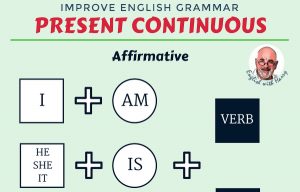
When to use the Present Continuous Tense in English?
The following sets out the use of the Present Continuous format of verbs. There are examples given in each situation.
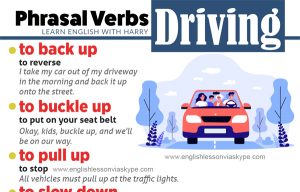

Phrasal Verbs Related To Driving
Here you will learn 14 phrasal verbs related to driving. Always remember that some of the phrasal verbs have more than


English Collocations with Education
Here you will learn English collocations with Education. These fixed expressions will help you talk about education in English almost



